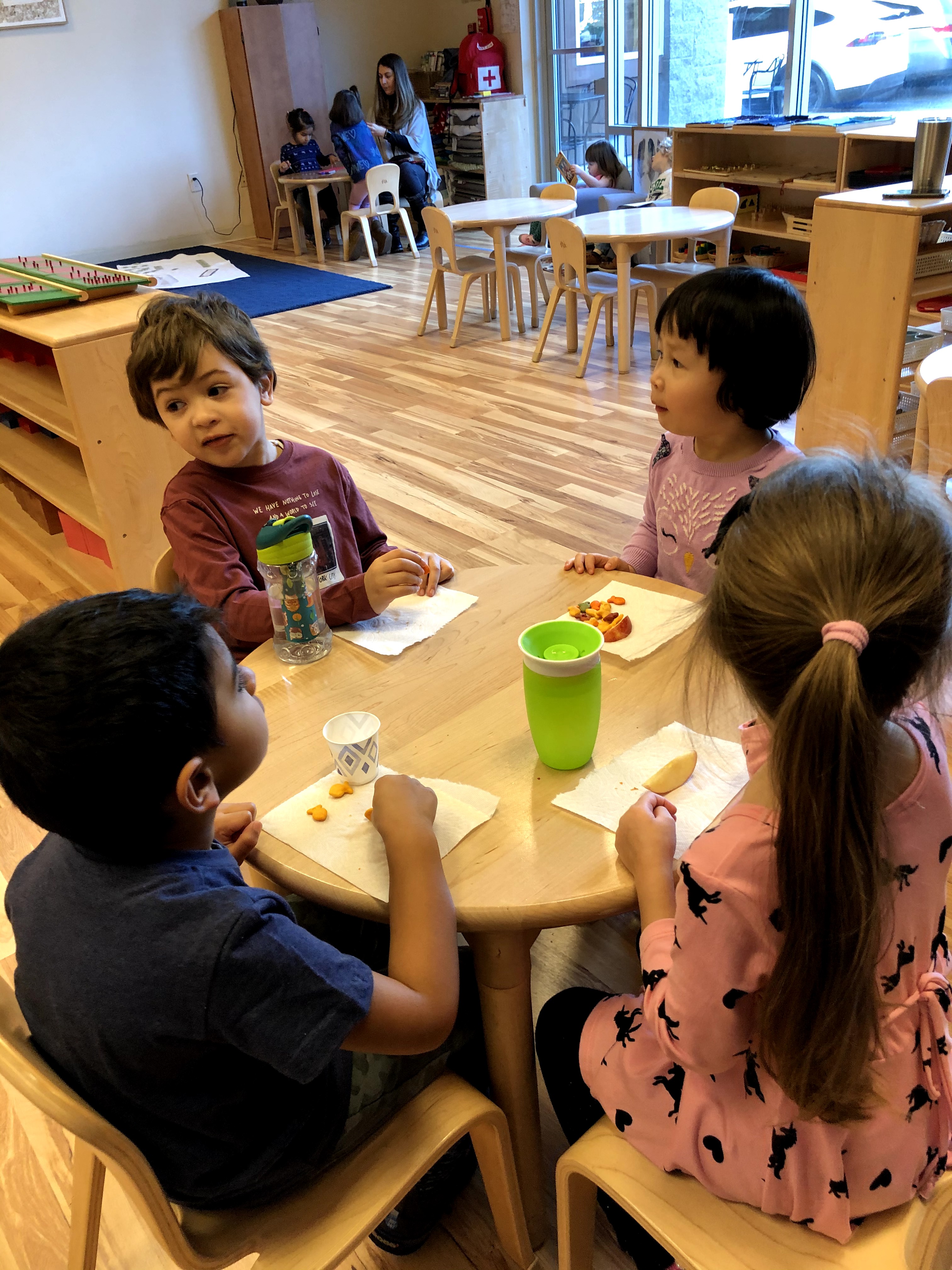Who Was Maria Montessori?
- Brightonview Montessori

- Nov 1, 2019
- 3 min read
Updated: Feb 22, 2020
“One test of the correctness of educational procedure is the happiness of the child.”
- Maria Montessori

The Montessori method has grown wildly popular thanks to its child-centered focus and hands-on activities. Kids love to learn in the Montessori setting. But, where did the method come from?
The woman behind the Montessori method is Maria Montessori. Born in Italy in 1870, long before Montessori got involved in education she was one of the first female physicians in the country. After she graduated from medical school in 1896, she became interested in psychology. For years, she worked with children with intellectual disabilities and mental illnesses in hospitals. There, she developed some of her first learning materials. She realized that these children were understimulated and were capable of learning far more than anyone had imagined.
Then, in 1907, Montessori was given an opportunity that led to the birth of her educational philosophy. Investors invited her to run a daycare center in one of Rome’s poor neighborhoods. Montessori saw this as a chance to test out her teaching methods on children without intellectual disabilities. So, she opened what she called the “Casa dei Bambini.”
There, she tested out cornerstone elements of her philosophy, including:
The mixed-age classroom: Montessori grouped children in mixed-age classrooms from ages 3-6, 6-9, 9-12, and so on. This allows older children to be leaders. Meanwhile, younger children are motivated to learn by watching older children.
Learning materials: Montessori created beautiful manipulative materials designed to help children develop their fine motor skills, learn the letter sounds, explore concepts in math, and more.
Practical life activities: From learning how to polish shoes to practicing eating skills by spooning beans, practical life activities help children gain independence.
Freedom to move within the classroom: In traditional classrooms at the time, children were confined to chairs. However, Montessori allowed children to move around the classroom and choose their workspace at a table or on the floor.
The use of real materials: Montessori experimented with offering children toys vs. real items. She found that children preferred to use real materials such as real dishes instead of toy dishes.
Housekeeping: Montessori discovered that children took pride in caring for their own space. So, she provided them with brooms, cleaning cloths, and other supplies to keep their classroom clean.
The use of child-sized furniture: It’s now normal to see child-sized furniture. But, in Montessori’s time, this was revolutionary. She wanted children to be able to use the furniture and also to be able to move it.
The Casa dei Bambini was a huge success. Children learned to concentrate, write, read, perform math operations, and more! News of the success of her methodology spread quickly. By 1910, Montessori schools had spread throughout Western Europe and in 1911, the first Montessori school opened in the United States.
Maria Montessori went on to travel the world as a lecturer and write many books. Some of her most famous works include The Montessori Method, written in 1912, and The Absorbent Mind, published in 1949. After spending many of her later years promoting her method and training teachers to use it, Montessori died in 1952.
Although Montessori’s method is well over 100 years old, it’s still considered progressive. The method goes against the worksheet and testing-intensive approach we’re used to today. But, it offers a joyful style of learning that enriches the child’s mind and spirit.
At Brightonview Montessori school, toddlers, preschoolers, and kindergartners participate in joyful, meaningful, hands-on learning. Check out our programs today!









Comments